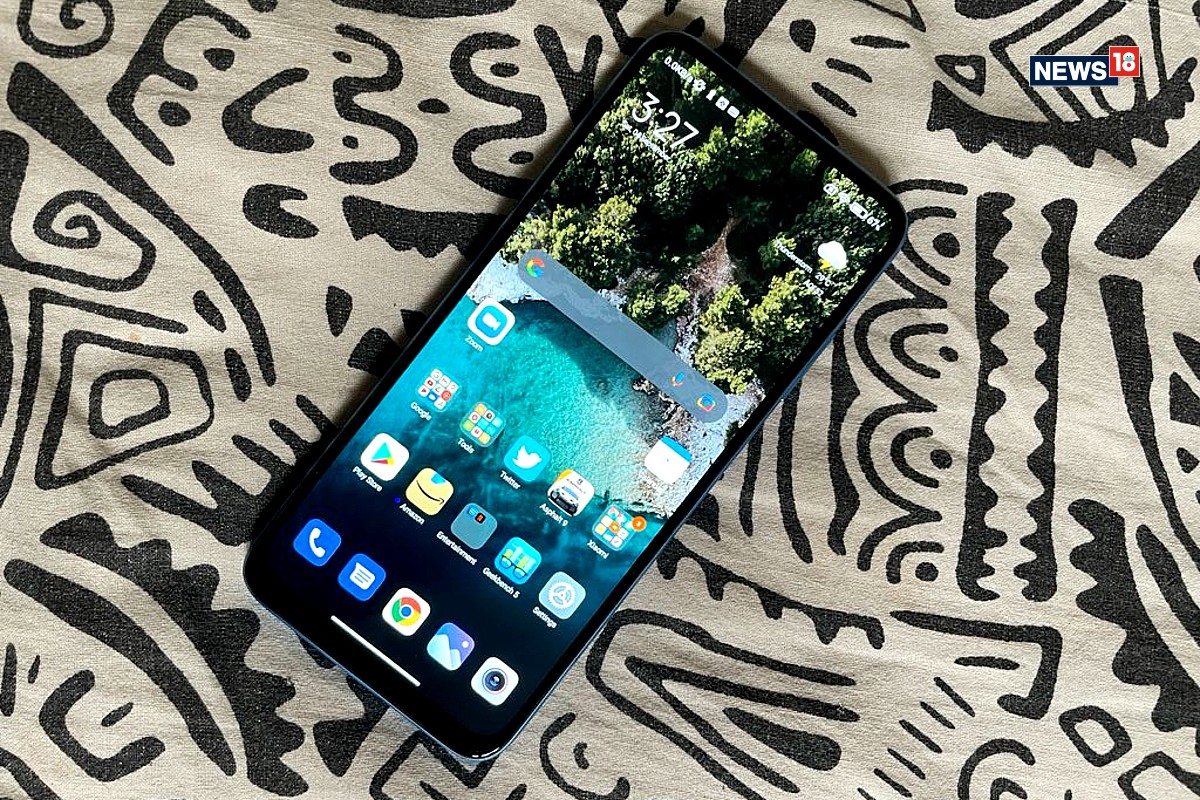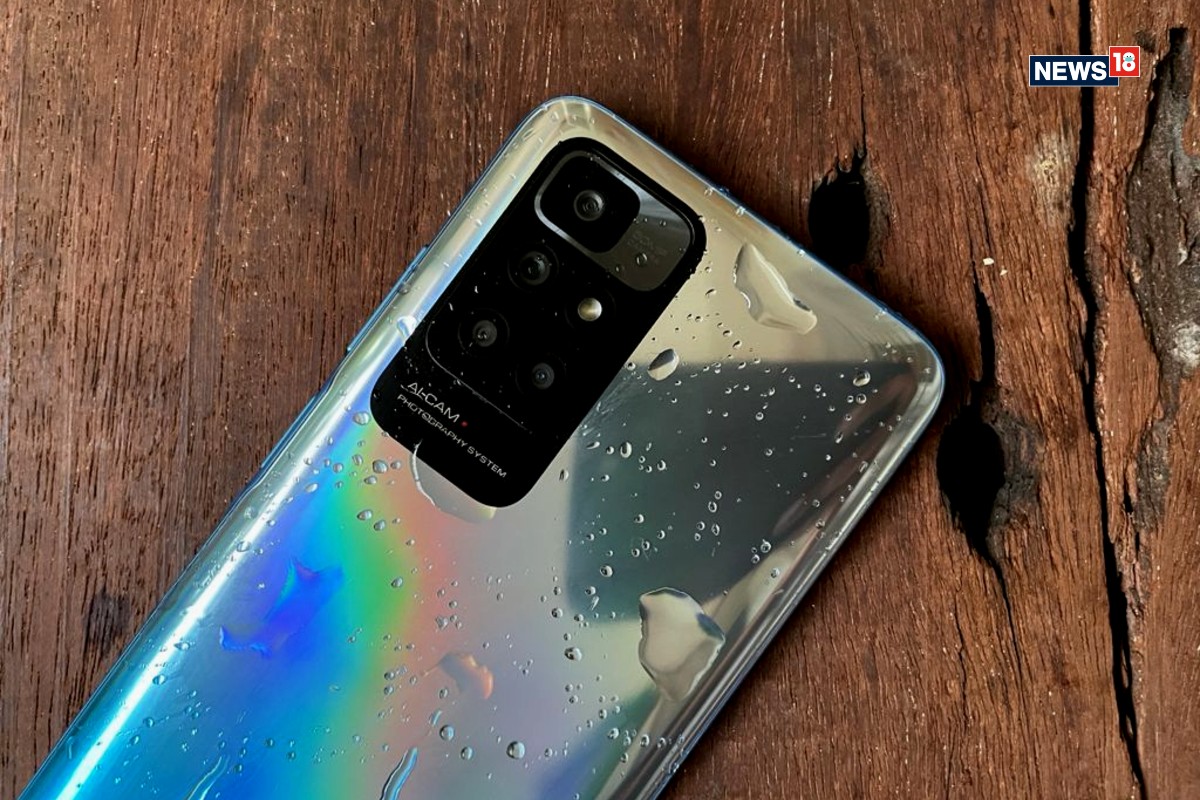Redmi 10 Prime belongs to a reputed lineup of budget and mid-range smartphones. Case in point – you are unlikely to find the best budget and mid-range smartphone listings that do not include at least one device from the Redmi range. Naturally, expectations have been raised for the Redmi 10 Prime, but what we’ve experienced with it in less than two weeks doesn’t tell us much about it. That being said, the Redmi 10 Prime has places where it makes a fair case for smartphone buyers in India.
Specifications
Before we begin our review, let’s take a quick specifications overview. The Redmi 10 Prime is powered by the MediaTek Helio G88 SoC, a new chipset that was launched less than two months ago. Incidentally, this is the first mainstream smartphone where we see the Helio G88. The variant we are reviewing with 6GB RAM and 128GB storage is priced at Rs 14,999. There’s also a 4GB RAM and 64GB storage variant, which we wouldn’t recommend (more on that later). It sports a 6.5-inch Full HD+ display with 90Hz adaptive refresh rate, and at the back, it packs a 50MP quad rear camera setup.
The selfie camera is an 8MP unit, and the smartphone runs on Android 11 with MIUI 12.5 on top. It offers a USB-C port, and connectivity chops include standard Bluetooth 5.1 and dual-band Wi-Fi. The setup is powered by a 6,000mAh battery with 18W charging, and dimensions-wise, the Redmi 10 Prime weighs 192g and measures 9.56mm in thickness. The fingerprint sensor is placed on the right side and the back is made of polycarbonate. With that, on to more details.
Performance: Not the best in segment, but not unusable
The MediaTek Helio G88 on the Redmi 10 Prime isn’t really a performance beast. On Geekbench 5, it managed an average score of 370 points in single-core and 1,210 points in multi-core performance. For reference, this is well below the average benchmark score registered on phones like the Helio G95 realme narzo 30, and the choice on Qualcomm Snapdragon 678 redmi note 10.
This difference also reflects its real-world performance. For example, Redmi 10 Prime takes some time to reach the smooth performance state after booting up. There are a lot of visible stutters after booting up, and in fact, such stutters are quite visible if you have a lot of apps open. If you open more than seven or eight tabs on Google Chrome, and five or six apps are actively open, the display stalls. For this, we would recommend that you only get the 6GB RAM variant, if you prefer the Redmi 10 Prime. With the top version, the general performance is quite smooth.
Despite the 90Hz display, gaming performance doesn’t reflect the fluid smoothness you see on devices with better display capability. To be fair, the games on the Redmi 10 Prime aren’t perfectly playable, but don’t offer the kind of smoothness that the best mid-range phones have to offer. For context, Realme’s Narzo 30 and Xiaomi’s own Redmi Note 10 are definitely better devices around the same ballpark price range.
Display: Redmi 10 Prime’s biggest strength
The 6.5-inch Full HD+ display uses an LCD panel, which is pretty good overall. If you’re a light user, the 90Hz refresh rate will make the phone feel like a cut above, and makes a significant difference in the budget category of smartphones. The display is pleasant and produces decent colors without any noticeable cases of oversaturation. It also delivers decent color accuracy, though there’s a slight color shift at sharp angles – which is mostly apparent when you look at darker content.
While the touch response is good, the adaptive brightness of the Redmi 10 Prime isn’t the best in the business. We recommend you to manually adjust your brightness in this case. However, the adaptive refresh rate does a great job, and overall, the performance is one of the best bits about this phone.
Build and Design: Looks good, feels budget
The recent range of Redmi smartphones have been lauded for offering a premium build, but with the Redmi 10 Prime, the polycarbonate back feels a bit plastic. It catches a lot of fingerprint smudges, and if you want to show off a fancy paint job on the back, your only bet is to slap on one of those translucent rubber covers that look inevitably awful after the first few weeks. It doesn’t even charge a premium, which bothers us more than applying the cover.
The display is also slightly beveled, which means the Redmi 10 Prime doesn’t have the smooth, flush in-hand feel of a premium phone. The power button-mounted fingerprint sensor and volume rocker are placed at the very top of the right edge, which will bother people with smaller palms. However, the top-mounted 3.5mm audio port is a nice addition, and the dual speakers are well placed so that you don’t cover them with your palms while watching videos or playing games on the phone. Overall, this makes the Redmi 10 Prime a bit of a mixed bag, at best.
Camera Performance: More than acceptable, but sluggish
The Redmi 10 Prime packs a 50MP quad rear camera setup with an 8MP ultra-wide unit and 2MP depth and a macro unit in tow. Overall, it does not underperform. General photography is more than acceptable, with enough detail for the casual snapper. Colors look fairly balanced, and autofocus works with acceptable accuracy for a budget smartphone. However, shooting moving objects isn’t a feature, even with its AI enhancement algorithm in tow.
Portrait mode is actually quite impressive in terms of the end results it produces. However, the dynamic range produced by the Redmi 10 Prime’s main camera is very less, which means you are left to take pictures only in well-lit places. In low light or under adverse conditions, the Redmi 10 Prime performs poorly. The 8MP front camera isn’t great, but gets the job done. There is an obvious lack of detail, producing softer edges which means fine skin texture will be compromised. Tonal accuracy isn’t the best with the front camera, but in a setup with good lighting, it’s acceptable for good saturation balance.
However, the camera app is often sluggish, which can be a bit annoying at times. If you’re trying to capture a fleeting moment, it can be a little off.
Software and Battery Life: An acquired taste, with good stamina
Redmi 10 Prime runs on MIUI 12.5, one of the most notable custom Android interfaces in the market. Xiaomi has made some of its bloatware now removable, but still, you can see how different Xiaomi’s approach to Android is from stock Android. In all of this, you will either like it, or not like it at all. If you’ve read this review so far, chances are you’ve already liked it. We wish it allowed more flexibility in terms of removing pre-installed apps.
In terms of battery life, the Redmi 10 Prime lasts a full day with above average usage. Thankfully, this means you won’t need to charge the phone in the middle of the day. However, if you do, it takes longer than other budget phones to get us used to it. For example, with comparable but slightly shorter battery life, the Realme Narzo 30 takes about half the time to fully charge. Make sure you charge it overnight, and you should be good to go all day.
Verdict: A mixed bag, but worth considering
The Redmi 10 Prime in hand offers moderate performance even with 6GB of RAM, and has a pleasant display. The rear camera is pretty good during the day and the battery stamina is also pretty good. However, it produces great selfies, takes forever to charge, and feels like a budget pick. This makes it purely a mixed bag, and at Rs 14,999, there are better options on hand that you should consider. There isn’t one area where it raises its head and shoulders above the competition, and for Rs 1,000, Xiaomi’s own Redmi Note 10 is a better bet. If you buy it, it’s likely to save a few extra bucks for battery stamina and some obvious compromises.
read all breaking news, breaking news And coronavirus news Here
.



